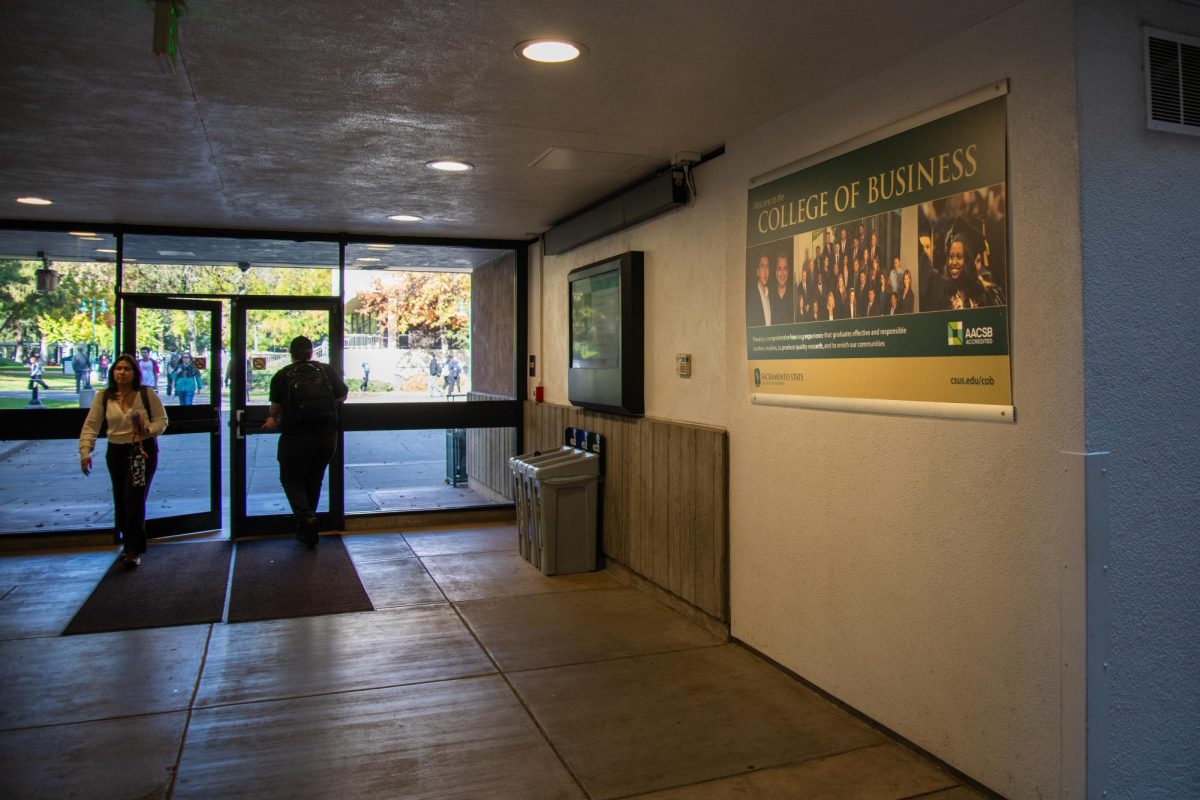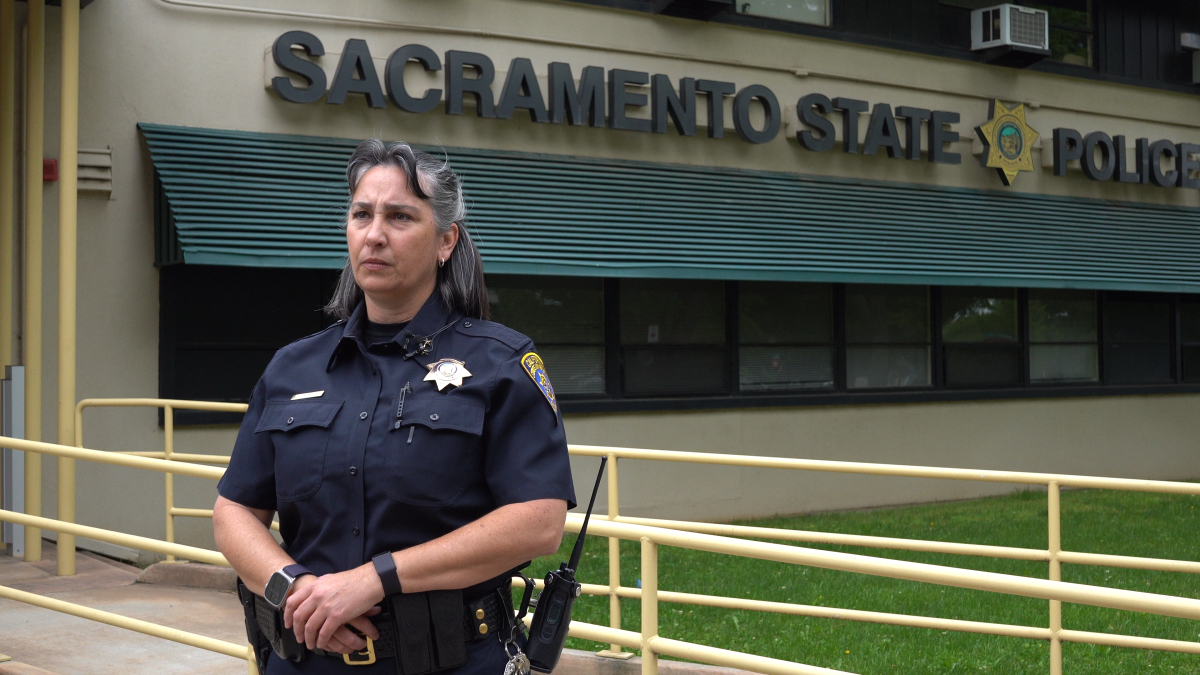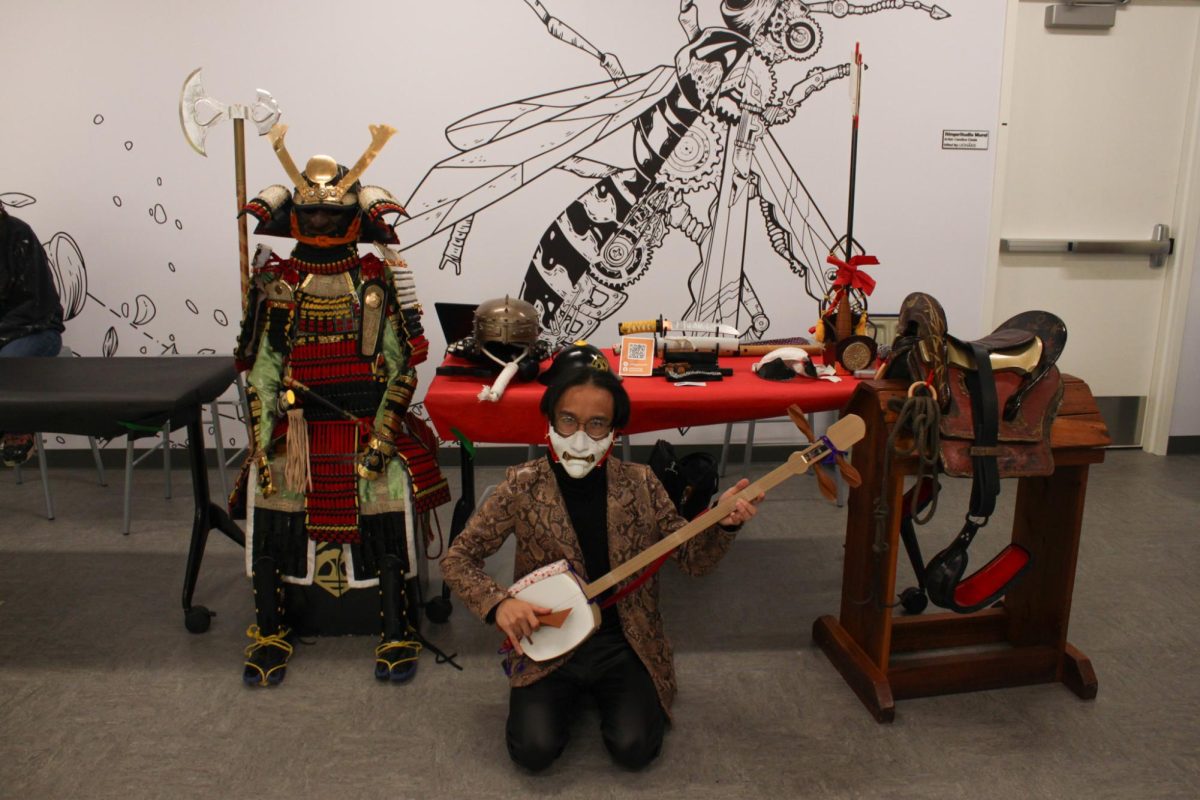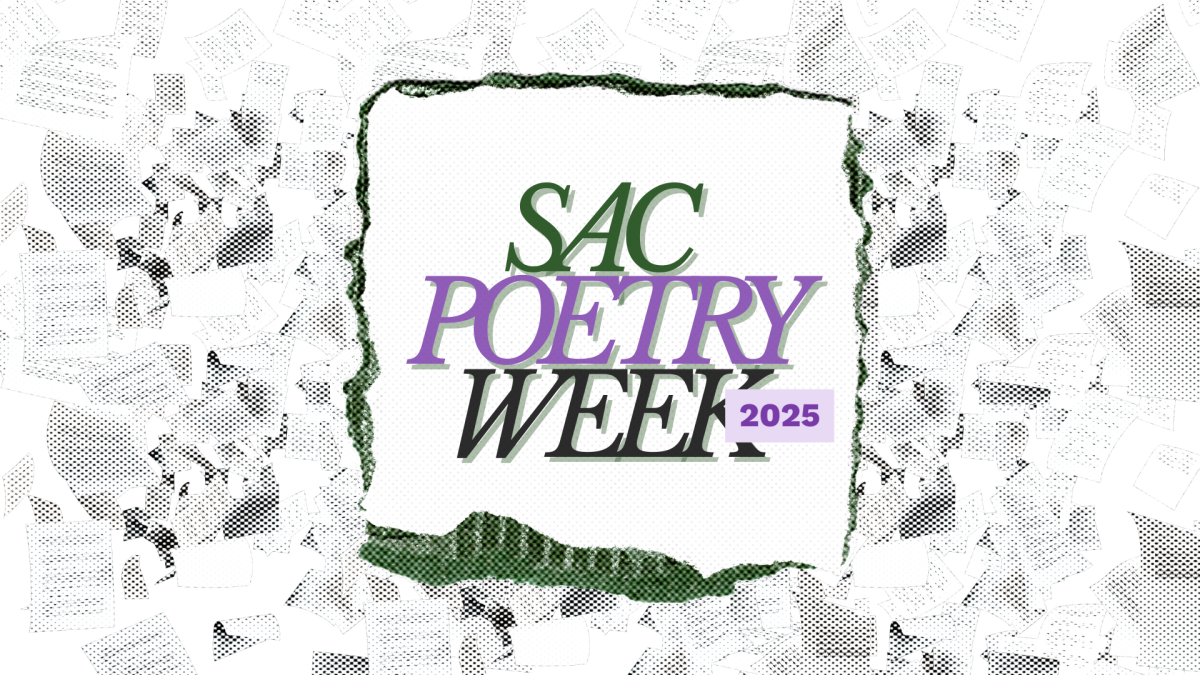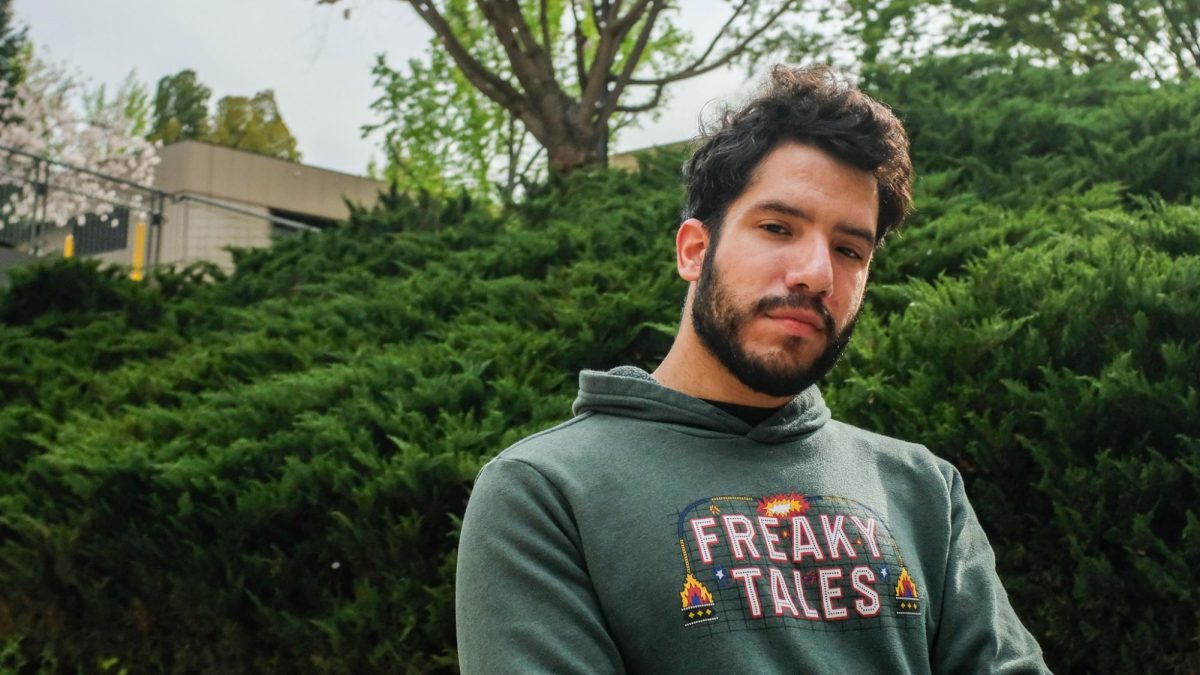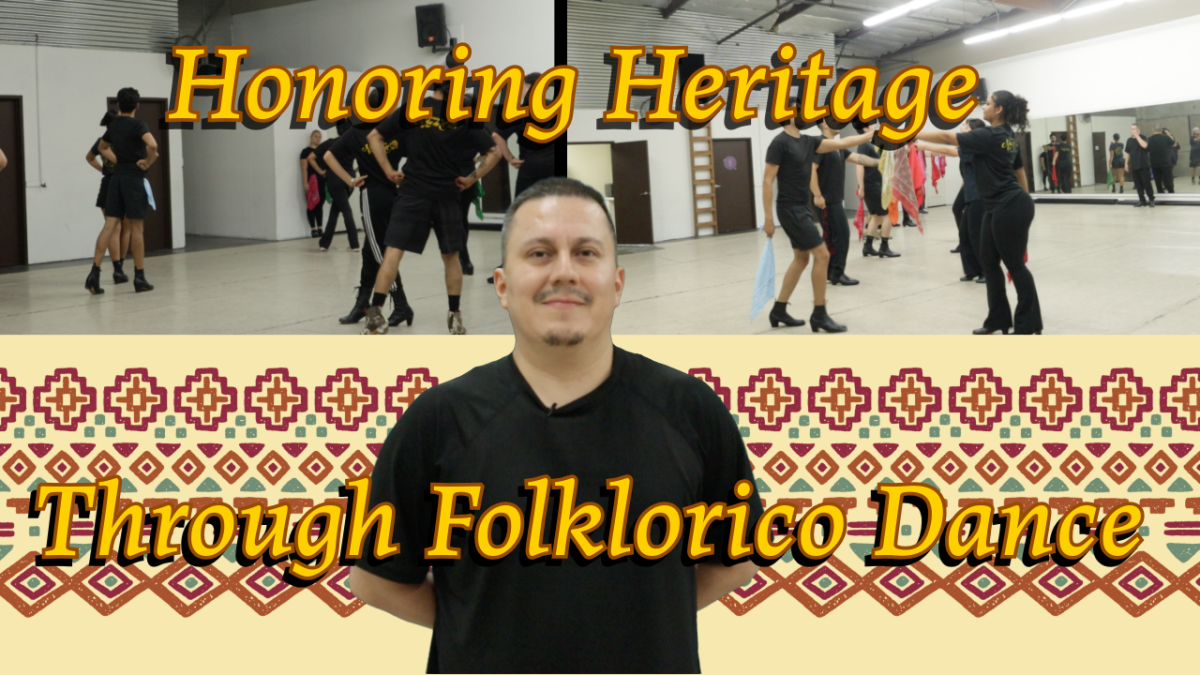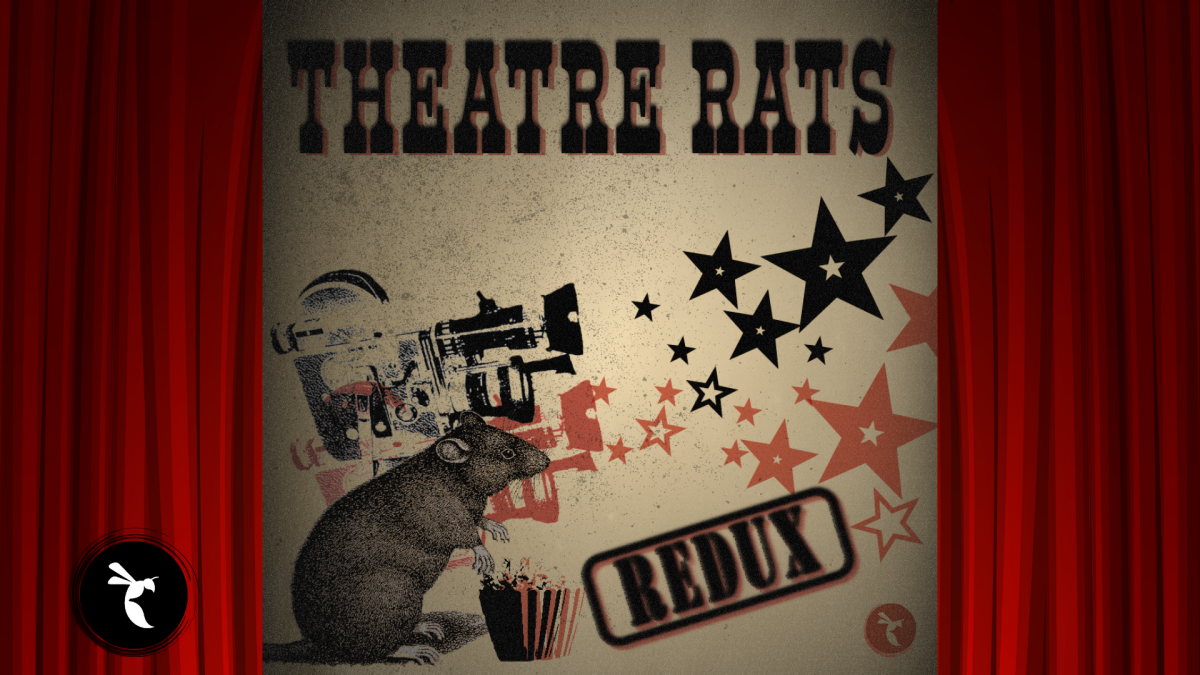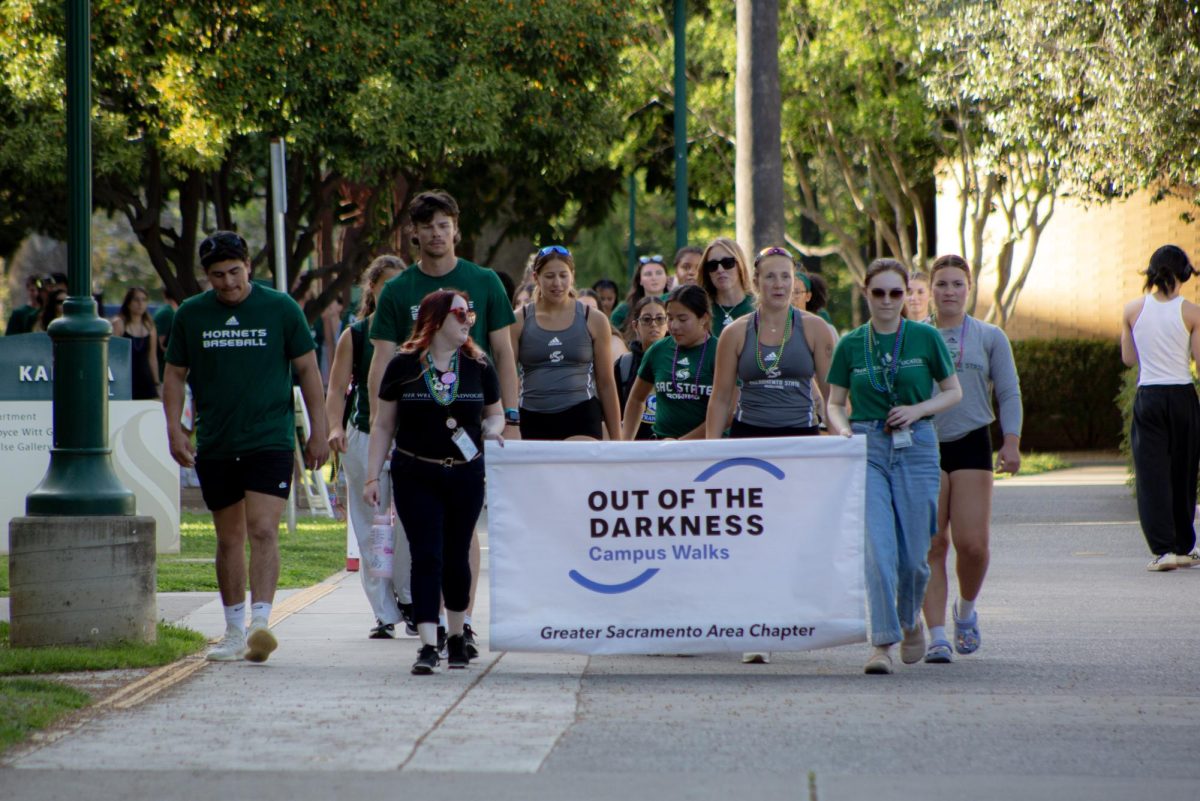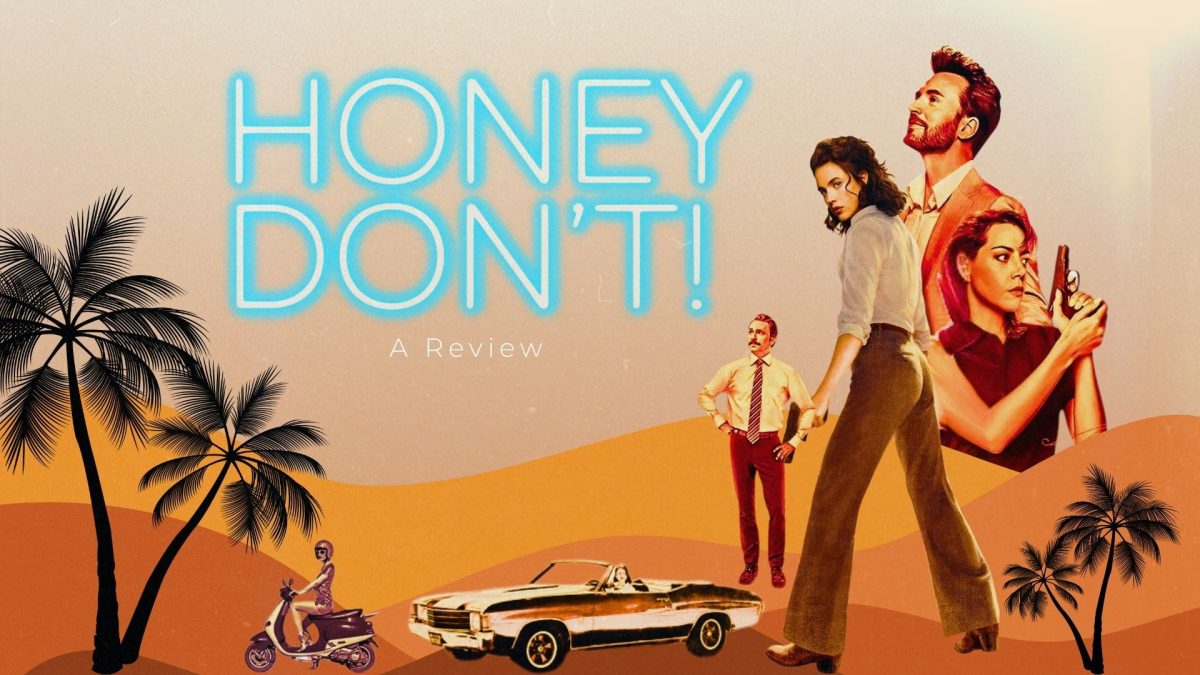Ethan Coen directed a neo-noir featuring the same cinematic pastiche as previous Coen brothers’ films, straddling the line between sleazy dark comedy, crime thriller and hard-boiled detective mystery. However, the unforgiving pace and two-dimensional characters of “Honey Don’t!” are not enough to make for a truly captivating viewing experience.
Margaret Qualley proves she is more than enough to lead a chic mystery as an empowering and resilient lead actress, even when the plot of “Honey Don’t!” fails to deliver an intricate mystery. Qualley’s suave yet sturdy portrayal as private investigator Honey O’Donahue is a testament to her ability to carry a film with O’Donahue’s deep steady gaze.
This intense femme fatale thriller grounds elements of a noir mystery in a movie full of characters reeling from the consequences of trauma and abuse cycles. Still, “Honey Don’t!” is nowhere near as dark as Coen’s previous mystery films, “Blood Simple,” “Fargo” and “No Country for Old Men.”
While these films featured world-weary and fatalistic characters in bleaker settings, “Honey Don’t!” is visually contrasted from Coen’s oeuvre with an elegant color palette, thus the tone still aligns itself with the darker tropes associated with noir while not swimming in its heaviness.

Coen attempts to craft a stylistic detective thriller, but unfortunately falls short in a meandering mess of dead-end subplots. The film moves along, hoping its viewers are smart enough to catch the punchlines and subtle giveaways. This film feels almost directionless as it refuses to follow the red herring established by the mysterious car crash in the opening minutes. O’Donahue (Margaret Qualley) investigates the case while Reverend Drew Devlin (Chris Evans) preaches to his hoodwinked church patrons at the Four-Way Church, serving as a not so subtle nod to what the reverend’s primary motivations are. The film is supposed to be spicy and enticing, but comes off as detached and intense.
As always, Coen’s use of the camera as a stylistic eye is still very much alive here. Clean, punchy dialogue and precise cinematography may be the only thing keeping the viewer from checking their phone.
RELATED: ‘Sacramento’ is a long drive through freeways, friendship and fatherhood
Folks who have seen “The Big Lebowski” will feel familiar with the bumbling and raunchy comedic tone, but the plot and Coen’s characters are much more deliberate this time.
“Honey Don’t!” is much more based on gritty sun-baked realism. Outside of the creamy eggshell walls and smooth walnut wood of O’Donahue’s office is the dusty Bakersfield setting of faded “California Dreamin'” postcards. It feels like reading a pulp paperback detective crime novel, even if the plot does fall apart.
Coen sets the tone of “Honey Don’t!” as a classic detective novel, while visually painting with everyday blue-collar colors. When he does use color, it is vibrant, almost intrusive and deliberate, either in the form of clues or quiet breadcrumbs. Dark red and light blue are two of Coen’s tools to illustrate characters who are morally corrupt.

Devlin dons an almost angelic and falsely authoritative light blue on his suits and his bed sheets. When he isn’t touting enlightened gospel at the megachurch cult, he busies himself with more explicit activities with hoodwinked churchgoers.
Evans initially made a name for himself as Captain America in the Marvel Cinematic Universe, but his range doesn’t quite reach the threshold for the Ethan Coen film, as his portrayal of Devlin is simply a two-dimensional caricature.
The alluring antagonist, Chère, played by Lera Abova, is drenched in dark red. Her red swimsuit and red Vespa marks her as an emblem of corruption and decay. She is the seductive conduit through which the church exerts its influence, facilitating both temptation and entrapment.
Here, it is evident that Coen visually color codes his characters to contrast their goals in the story. O’Donahue’s trauma-ridden world is pitted against the enticing allure of dressed-up authority, which makes promises of enlightenment from their victims’ pasts once they are caught trafficking or entrapping them.
O’Donahue is always dressed in white blouses, moving through the story as an officiate of justice, yet her own life is far from ideal.
Coen spares no detail in the cinematography and color palette. Hot black coffee in Styrofoam cups, O’Donahue’s heels clicking on the glossy epoxy floors of the police station, revolver rounds, magazine pages flipping or busted drywall are palpable and well-captured through sound design and foley.
“Honey Don’t!” is not Nicolas Winding Refn’s neon-noir with the pink and neon magenta mood board that was 2011‘s “Drive,” or the fever dream fashion world of “The Neon Demon,” which included all-consuming neon red, cyan and black triangles. It is a daylight noir, where Bakersfield’s blistering oil fields and hot highway roads bake this mystery, blinding those who choose to try to gaze into it.

This film echoes the framework and aesthetic of detective mysteries, akin to the classic names in fictional detective novels, such as “The Big Sleep” or “The Maltese Falcon.” It is an entirely original spin on a detective neo-noir, this time set in daylight with female trauma-bonded characters. O’Donahue is a far cry from the hardened, predominantly male, alcoholic detectives of Sam Spade in “The Maltese Falcon” and Phillip Marlowe in “The Big Sleep.”
Where those male detective characters are cynical, grim and fatalistic, O’Donahue is less a noir archetype and more a person truly scarred by abuse as she tries to maintain her life while investigating the case.
Unfortunately, the script co-written by Coen and his wife, Tricia Cooke, does little more for the rest of the characters, leaving them feeling flat or pointless. Coen and Cooke spent plenty of time developing the relationships between characters.
Bread crumbs followed by Qualley’s character are sprinkled sparingly in between scenes steeped in O’Donahue’s family life and budding relationship with Aubrey Plaza’s character, MG Falcone. A trauma-bonded relationship based on their mutual disinterest in emotional intimacy.
As a queer female private investigator, she is drawn to complex and potentially dangerous women. This ties the mystery back into her own personal trauma, reiterating the themes of abuse this film is built around.
Psychological trauma, abuse cycles, toxic intimacy and cult dynamics weigh heavy at the core of this noir Bakersfield mystery.
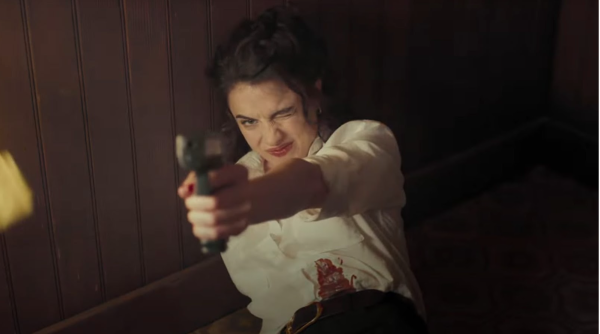
Qualley’s portrayal of O’Donahue is spectacular. A private investigator shaped by her own abusive upbringing and trauma has shaped her into a hard-boiled queer investigator. Her expression is sharp, deliberate and inquisitive.
The film takes place post-COVID, but the twist is that O’Donahue prefers a pay phone over a smartphone, keeping a landline in her office next to notes strewn about her desk. She does eventually concede to using her smartphone, but only when absolutely necessary.
As a result of her abusive upbringing, she chooses to communicate in more tangible or even more human ways.
Honey uses a Rolodex and other analog tools, which highlight her personality and add to a layer of her depth. She has chosen a more deliberate, almost guarded or selective manner of communication, steeping her deeper into the noir archetype of classic detectives like Spade and Marlowe.
Here, Coen expresses not only a character progression through a regression in her manner of communication, but as a storytelling device that shapes the viewer’s understanding of O’Donahue in the echo of detectives like Spade and Marlowe. O’Donahue represents the idea that life makes more sense with the slower and less immediate manner of older tech.
In the past, Coen directed mystery noirs that had a more foreboding tone. While “Honey Don’t!” is not as grim or bleak, its vibrant palette creates a genre-blending contrast with its dark plot and almost comedic violence. This time, however, the plot took a backseat as the more human elements of trauma tropes were addressed, at the expense of making a more thought-provoking and captivating film.



